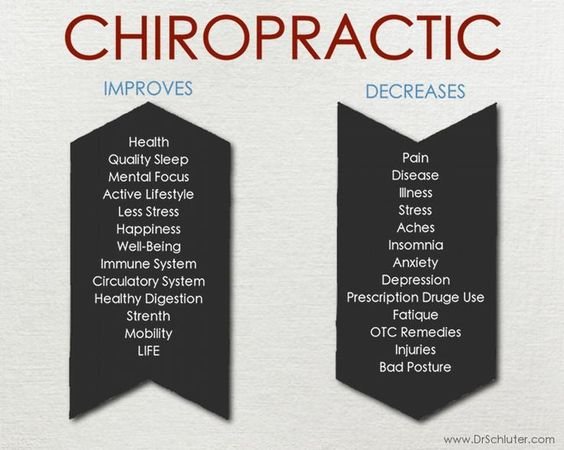The Effect Of Posture On Pain In The Back: Guidelines For Keeping Excellent Positioning Throughout Your Everyday Regular
The Effect Of Posture On Pain In The Back: Guidelines For Keeping Excellent Positioning Throughout Your Everyday Regular
Blog Article
Authored By-Conway Fraser
Preserving appropriate stance isn't practically staying up straight; it has to do with straightening your body in a manner that supports your back and decreases the risk of neck and back pain. The method you sit, stand, and move throughout the day can significantly impact your spinal wellness. But just how specifically can you make sure good placement regularly, also throughout active days full of numerous tasks? Let's dive deeper into the refined yet impactful changes you can make to your everyday regimen to keep your back delighted and healthy and balanced.
Significance of Correct Posture
Appropriate posture is vital in keeping a healthy back and preventing discomfort. When you rest or stand with great posture, your back is in placement, reducing strain on your muscular tissues, ligaments, and joints. This placement enables the body to distribute weight evenly, protecting against too much anxiety on specific locations that can result in discomfort and pain. By keeping your spine correctly straightened, you can additionally boost your breathing and digestion, as slouching can press organs and restrict their performance.
Additionally, maintaining good posture can boost your overall look and confidence. When you stand tall with your shoulders back and head held high, you exude confidence and appear even more approachable. Great posture can additionally make you feel more invigorated and sharp, as it advertises appropriate blood circulation and allows your muscle mass to function efficiently.
Integrating proper pose right into your daily routine, whether resting at a desk, strolling, or working out, is important for avoiding back pain and advertising general health. Remember, a small change in just how you hold on your own can make a substantial distinction in how you really feel and function throughout the day.
Common Postural Mistakes
When it pertains to keeping good position, numerous individuals unconsciously make common blunders that can contribute to pain in the back and pain. Among mouse click the up coming website page of the most prevalent mistakes is slumping over or hunching over while resting or standing. This position places extreme pressure on the spine and can bring about muscular tissue discrepancies and pain in the long run.
Another usual blunder is overarching the reduced back, which can squash the all-natural contour of the back and trigger pain. Furthermore, going across legs while resting might really feel comfortable, however it can produce a discrepancy in the hips and pelvis, bring about postural issues.
Using a cushion that's too soft or also solid while sleeping can also influence your positioning and add to back pain. Last but not least, regularly craning your neck to check out screens or readjusting your setting often can strain the neck and shoulders. Bearing in mind these common postural mistakes can assist you keep better alignment and minimize the risk of pain in the back.
Tips for Correcting Placement
To enhance your alignment and reduce neck and back pain, it's essential to concentrate on making small adjustments throughout your everyday routine. Start by being mindful of your pose. When sitting, ensure your feet are flat on the floor, your back is straight, and your shoulders are loosened up. Stay clear of slouching or leaning to one side. Usage ergonomic chairs or pillows to sustain your lower back.
When standing, distribute your weight uniformly on both feet, keep your knees slightly curved, and embed your pelvis. Engage why does my back hurt all the time to sustain your spine. Take breaks to extend and walk around if you have a less active job. Include exercises that strengthen your core and back muscles, such as planks or bridges.
While sleeping, make use of a cushion that sustains the natural curve of your neck to maintain appropriate spinal placement. Avoid sleeping on your tummy, as it can stress your neck and back. By being mindful of these pointers and making small modifications, you can gradually remedy your positioning and reduce back pain.
Conclusion
Remember, preserving great position is vital to stop pain in the back and advertising spine wellness. By being mindful of your positioning, dispersing weight evenly, and engaging your core muscles, you can reduce strain on your back and decrease the risk of pain and injury. Integrate https://www.practicalpainmanagement.com/resources/news-and-research/commentary-va-shows-way-treat-low-back-pain , take regular breaks to extend, and reinforce your core and back muscles to keep proper placement throughout the day. Your back will thank you for it!
